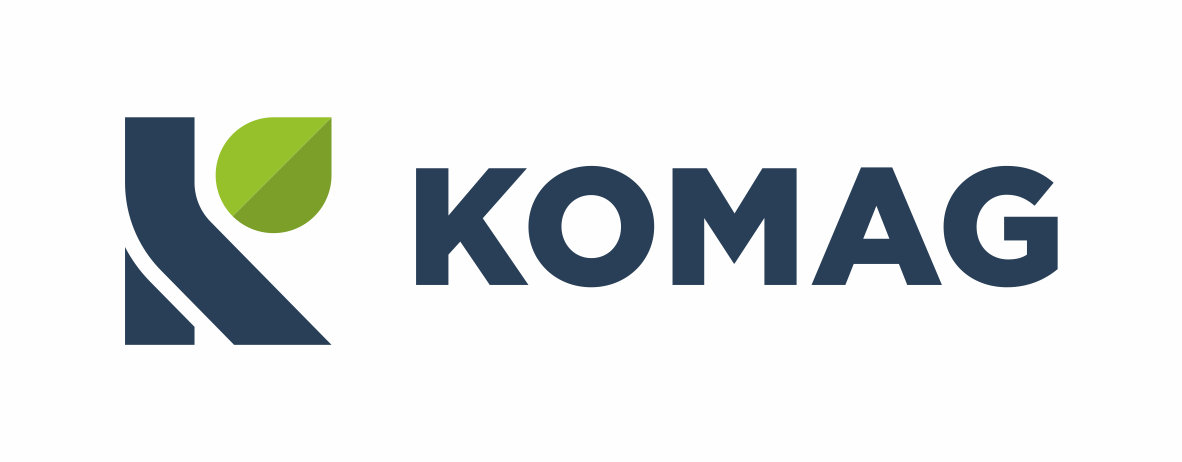Hydrochemical modelling as a part of assessment of usability of wastes from underground mining in road construction
Bożena Rakwic
Wastes from hard coal mining industry make the highest stream of industrial wastes produced in Poland. Geotechnical parameters confirm the possibility of using those wastes in road construction. Besides the act on wastes, which is under preparation, treats the wastes as by-product in coal mining process. Lack of guidelines, which enable making assessment of wastes usability, taking into account specific properties of wastes and their changes, in association with geotechnical, construction, exploitation and environmental conditions, is a limitation for a development of this economically rational and technically favourable method of using wastes.
Laboratory and model tests, verified at the stand for lizimetric tests, were carried out to show the possibilities of modification of the method for assessment of usability of wastes in road construction using hydrochemical modelling for identification of hazards of soil-and-water environment. The tests results showed that waste-and-soil mixtures, which are used in road construction, improve quality of surface and underground water in areas where they are used. Long-term simulations of impact of tested wastes on the environment, which were conducted with use of PHREEQC software, showed that concentration of nickel in effluents from washing of mixtures is kept at the level referring to class V of quality of underground water according to the Decree of the Ministry of the Environment dated 23rd July 2008, i.e. “water of bad quality”.
On the basis of the laboratory, model and lizymetric test results the guidelines for modification of the method for assessment of mine wastes usability for road construction, directed towards use of hydro-chemical modelling, were specified.



